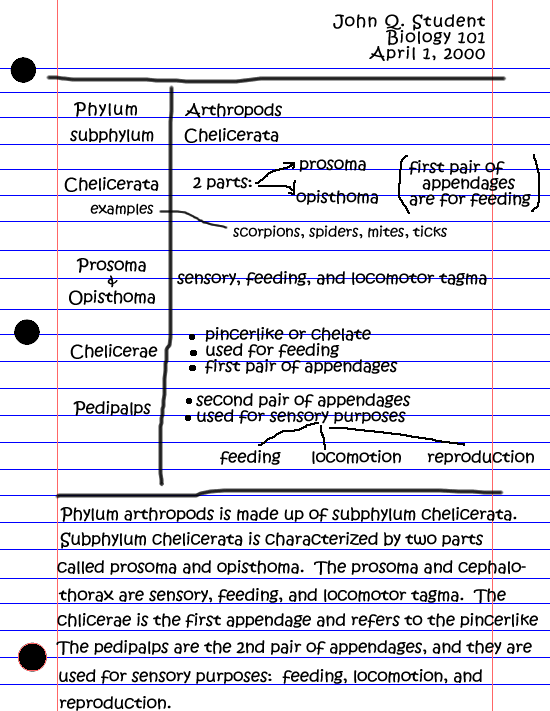Date: 5th July 2017
Time: 8.15 am - 10.05 am
Venue: At- Tabari Hall
Conducted by: Sir Ahmad Faris
Miss Nursuria Md Setaman
Madam Rozita Mohamad
 |
| (photo taken from google) |
Note taking is writing down ideas and important points from lectures and readings in our own word.
Why we have to take notes?
- Helps us to pay attention in class
- Helps us to study for quiz, test and final exam
- Helps us to improve our memory
- Helps us take ownership of ideas
- Helps us to engage our senses
- Helps us to oraganize and process information
- Helps the lecturers test students on how well they captured given informations.
 |
| (photo from google) |
Why we have to review notes?
- We will lose 80% of what we hear if not review within a few hours
- Identify any questions for peers, the next class to ask the lecturer
- There is not enough time to absorb all the info given by the lecturer
- Think: "If I were tested on this lecture tomorrow, would I ace it?"
What we have to do before the classes start for better understanding?
- Review notes the day before
- Review your reading assignments
- Write date for every notes taken
- Leave spaces between lines so you can add additional informations later
Next, I am going to tell you on how to take notes effectively in class;
- Write date and label the notes
- Give ourselves space to write
- Use abbreviations (shortform) & symbols. These are a few examples of abbreviations & symbols that can be used in note taking;
- Use an outline to show;
*main ideas
*supports
*examples
- Use your own language, because by using our own language, the notes will be easier to understand
Next, how do we prepare for class?
- Do pre-reading and homework
- Review syllabus
- Preview previous notes
- Look up key words prior to class
- Plan on listening 80% of the time and 20% of the time
- Write the date at the top of your notes
- Leaves spaces between so you can add extra informations later
While taking notes, be an aggrresive listener, not passive listener.
Mood of the lecturer
Key actions to note as you observe your instructor
- Be alert to repetition
- Watch the board carefully, when the lecturer write something on the board it means it is important
- Notice the instructor's interest level
- Let go of judgement about lecture styles, don't let your attitiude about the lecturer's style of lecture get in the way of your education
Things you can do when your lecturer isn't too interesting;
- Ask a question. The question that we or the students may think dumb is on the mind of your several classmates too.
- Sit in front of the room. Students who sit close to the front will be harder to fall asleep. You will also can see the board clearly thank those who sit at the back. Besides, when you sit in front of the room, you are declaring your willingness to take a risk and participate.
Examples and methods can be used in taking notes effectively
- Two column method
The two-column note-taking method requires active reading, that is, processing must occur for the notes to be taken. Two-column notetaking is an especially useful method for detailed and technical information. The act of separating main ideas from details strengthens the understanding and memory of the content area.
- Outlining method
The outlining method is perhaps the most common form of note taking used by college students; an outline naturally organizes the information in a highly structured of the textbook chapter or lecture subject that serves as an excellent study guide when preparing for tests.
- Mapping method
The mapping method of note taking works especially well when the lecture content is intense. Students can use the mind mapping notes method to organize key points and make it easier to digest of all the information presented to them.
 |
| (photos from google) |
- Sentence method
A method of teaching reading by giving first attention to phrases and sentences and later analyzing these into their verbal and alphabetic components; - contrasted with alphabet method and word method.
- Cornell note taking method
The Cornell method provides a systematic format for condensing and organizing notes. The student divides the paper into two columns: the note-taking column (usually on the right) is twice the size of the questions/key word column (on the left).
Last but not least, I also learned about SQ4R
1. Survey - Overview
2. Question - Establish a purpose
3. Read - To answer questions
4. Recite - To answer questions
5. Relate - Connect information
6. Review - At the short intervals
I found an extra information on Google about taking notes. I hope this photo below will help you! ☺
I think that's all from me today. Thank you for reading! ❤✌















No comments:
Post a Comment